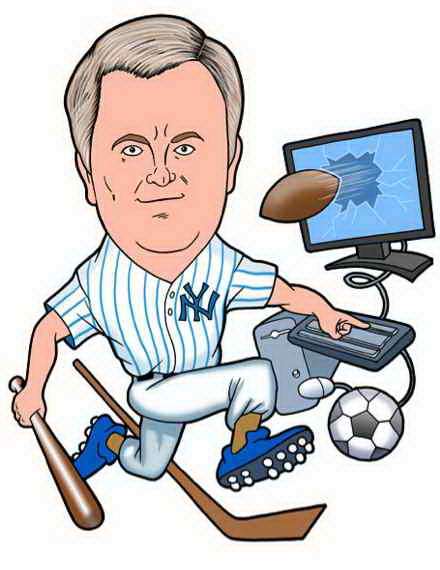**Editor’s note—in the interest of full disclosure, in addition to being part of the Marist Poll team, the author is also on the faculty of the Mayborn School of Journalism at the University of North Texas.
 Something strange is in the air. It’s the final week of September in Texas.
Something strange is in the air. It’s the final week of September in Texas.
No one is asking, “How ‘bout them Cowboys?” They’re 1-2.
Baseball fans are talking about a Red October in Arlington since the Texas Rangers have clinched only their third divisional championship in franchise history.
But, this is Texas where there are really just two sports that really count: football and spring football.
And with America’s Team in the same shape as America’s economy, the talk turns to college and high school football.
College football may be the free farm system of the NFL, but it’s big business and serious stuff in the Lone Star State.
The University of Texas annual $120 million sports budget is fueled by ticket sales, television contracts, and t-shirts (merchandise licensing). Now UT is negotiating for its own cable television network.
It’s more than “win one for the Gipper.” Football is also an integral part of drawing back well-heeled alumni to sustain other on-campus endeavors.
That’s one of the reasons why you will see construction cranes today building a new $78 million football stadium and high-rise hotel for the University of North Texas.
UNT is located in Denton 30 miles north of Dallas and Fort Worth. UNT is the fourth largest university in the state with an enrollment of some 37,000 students.
UNT is NOT a college football power house and never has been. It can’t compete with UT, but it must compete with the Dallas Cowboys, the Texas Rangers, the Dallas Mavericks, TCU, and SMU for the north Texas entertainment dollars. And, it competes for those about as well as its teams do on the field.
Yet it continues to play. It’s too important not to… especially if you want to sustain high enrollments, land high dollar research grants, and gain national prestige.
The biggest name to ever come out of the football program was a defensive lineman you may have heard of—“Mean Joe” Green. He went from the North Texas Eagles to the Pittsburgh Steelers. You’ll find a bust of him in the NFL Hall of Fame in Canton.
Despite Mean Joe, UNT has not been known for its football program, but for its “One O’Clock Lab Band” which has performed for presidents, has accompanied Ella Fitzgerald, and produced members for the Stan Kenton and Woody Herman bands.
But, this is Texas and football is king. That’s why a few weeks ago the UNT football team traveled to Clemson to become cannon fodder for a national football powerhouse — for half the gate, a share of the ESPN television revenue, and national exposure for a program desperately wanting to break into the big time.
What is college football? It’s an American tradition. But, it’s also in a fight for survival where colleges and universities find themselves dealing with the same reality taking place in the private sector where the big corporations get bigger, the smaller ones fight to stay alive, and those that can’t go out of business.
It’s also like the international arms race. There are the superpowers who possess nuclear weapons (Divison I football programs and their Heisman candidates), and then there are the smaller emerging Third World countries who want to compete with the big boys.
And for some of us who just enjoy sports, it keeps us occupied between the World Series and when pitchers and catchers report again in February.

